Against my best judgement, I clicked “Confirm Order” on Chain Reaction Cycles’ event page for the Frosty Bottom 50 fat bike race several months back. I didn’t even own a bicycle with tires wider than 2 inches. Additionally, I thought I was signing up for a 50-kilometer race until a friend was kind enough to inform me that if I raced for 50km, I would just barely make it past the halfway point for the event. At this point, I was really batting a thousand, and I blame Oskar Blues. However, looking back on the event, I think that this misguided act of cycling masochism may end up being one of the better things I’ve subjected myself to in quite some time.

I see my signing up for the Frosty Bottom as the tipping point that finally found me entering the weird and wonderful world of fat biking. Even living up in Anchorage, a place where it’s supposed to snow both often and heavily (though this sadly has not been the case in the past couple of years), I always looked at fat bikes as a bit of an odd niche that I never felt compelled to explore. Whenever I saw one of these newfangled bikes with the wide wheels, I just discounted them as a passing fad, a moneygrab from the cycling industry attempting to fix a problem that was never even there. Who wants to go cycling in winter, anyhow? What with the frigid temperatures and snow and such. Then, as chance and a questionably-reliable vehicle would have it, I decided to commute to work exclusively using my current stable of bicycles.
Things were going relatively smoothly until Anchorage experienced its first real snowfall of the season, and I began experiencing much more facetime with the pavement. As a fellow commuter rode by on his surefooted fat bike and gave me a quizzical look, I wondered if there was some credence to the whole fat tire thing. My frequent wipeouts, coupled with a strong desire to enter more bike races, made me seriously consider adding a fat bike to my stable.
One fateful evening, while perusing the book of faces and sipping on a hoppy IPA, I started feeling distinct pangs of jealousy. Flooding my feed were photos of friends riding the newly snow-covered trails on their fat bikes–all of them staying upright where I would be either on my side or upside down, betrayed by my skinnier mountain bike tires. Scrolling down, wading through a multitude of nutjob conspiracy theory posts and awkward posts from distant relatives and acquaintances long forgotten, I happened upon the sign-up page for Chain Reaction Cycles’ Frosty Bottom race. At this point, envy and beer had already commandeered my brain and subsequently my computer’s trackpad. Before I knew it, I was assigned a bib number and had to prepare for 50 miles worth of riding through the snow.
Now, to procure a capable bike.
As chance would have it, more aimless scrolling through the great timesuck that Mark Zuckerberg gifted to the world led me to a friend’s post saying that he had to thin his cycling herd to appease his better half. Though I had promised myself that I would abide by a set spending limit, I decided that a lapse in financial responsibility wouldn’t be totally inexcusable for this bike. After all, I wasn’t paying for gas since I had decided to commute by bike now, so I should be able to recoup my losses within the decade! Additionally, this deal was just too good to pass up, so I told my friend to bring the bike by, and sent my condolences to my bank account.

The next evening, I found myself staring at one of the finest-looking combinations of titanium, carbon, and rubber that I had ever seen. It was love at first sight; I found myself lost in the skillful and achingly beautiful-welds that the Lynskey boys had laid when combining the perfectly-mitered tubing to create this 2012 Fatback Titanium frame. Within minutes of pedaling the shapely bike around the block, I found my wallet feeling lighter, unburdened by the strain of excess currency, and I had finally made my leap into the world of fat biking.
Since obeying the rule of n+1 and adding a new bicycle to the fold, I’ve not only been able to ride through the most daunting of conditions, but I’ve also been able to explore my local trails and see them in a new light. More importantly, though, new trails are opened up; routes that were previously impassable are now able to be conquered thanks to the buoyancy provided by the tires’ increased footprint. In the past, my sandy excursions left me relegated to only long walks along the beach, but as dreamy as that may sound, riding at full clip along the shore is a much more rewarding experience to me. In the winter time, any appreciable snowfall would keep my bikes indoors, but now I check the weather report with childish anticipation that a major snowstorm may just be around the corner.
Shortly after picking up the new-to-me Fatback, I found my mind filled with hare-brained schemes; I felt like any sort of two-wheeled expedition was now possible, and I turned my sights to the nearest newly accessible terrain.
(DISCLAIMER : Most beaches in Anchorages are actually mudflats, and unless you want to make it into the newspaper as the hapless tourist who had to be rescued from the vicious tides after becoming stuck in the quicksand-esque mud, do not travel on the mudflats!)
During the summer, much of Anchorage’s coastline is inaccessible or dangerous to tread on, but in the winter time, frigid temperatures turn the mudflats into a much more inviting proposition for riders looking to take their bikes to the beach. Plotting the course was almost too easy–I simply looked at where I was on the map, traced the coastline to my turnaround point of Kincaid Park, and then followed the squiggly line back home. After airing down the tires a bit, I pedaled directly towards the inlet and found myself on new territory that I never thought I would be riding on.

With the rapidly-changing tides of the Cook Inlet to my side, I steered the Fatback through fields of beached sea ice, at first dodging any obstacle, but later finding myself relishing the monster truck-like ability of the bike to scale the massive hunks of glacial detritus. As my afternoon tour continued, I found myself crossing several stream outlets where the constant ebb and flow had worn away vast crevasses in the land, necessitating some sketchy bike portages, but after each crossing, the landscape seemed to change greatly. From my beginnings in rocky and ice-strewn terrain, I had passed onto smooth, pulverized silt with sporadic ice flows, to windblown and treacherous snowfields; from grassy fields to mirror-smooth ice with perfectly-still standing water that left no discernible separation between the sky and the land, ending finally at a postcard-worthy white sand beach. In one afternoon ride, the fat bike had proven its worth to me, and I was spurred on by the thought of future expeditions. It seems now the only limitation is finding the time to embark on them all.

Since the coastal adventure, I’ve begun focusing more on acclimating my body to the harsh realities of wintertime bicycle racing in preparation for the aforementioned Frosty Bottom race. There was only one other event prior to the 50-mile race whose signup served as my springboard into the wild world of wide tires–a short track event in town that served to show me that I had much to learn. Whereas my mountain bike was a sprightly, nimble thing that loved to be thrown into tight corners, the Fatback seemed a bit more ponderous, with each turn requiring a good deal of forethought. Since I was unaccustomed to this style of riding, I found myself spending a larger than expected amount of time off the bike and in the weeds. By the final laps of the race, I had developed a slight understanding of this new style of riding and was racing with a good deal more confidence. However, I was anything but fast, with my off-saddle shenanigans creating a sizable gap between myself and the race leaders.

A sad finishing position notwithstanding, I still found myself enjoying the Fatback out on course, and I was excited at the proposition of starting from square one with this new cycling discipline.
I was a complete skeptic of the cult of fat tires, but after less than a full season in the saddle, I am completely comfortable saying that fat biking is a true revolution in the world of cycling. Essentially, everything that you’ve heard is true: the wider tread makes your bike more capable, your riding season is extended indefinitely, and your gleeful, monster truck-emulating moments are infinite. If you’re still on the fence, even after reading through our wealth of fat biking coverage here on Singletracks, do yourself a favor and take some sage advice from a recent convert–buy a bike with some wide tires and go find some snow to play in. Your inner child will thank you.
For those of you who have already jumped aboard the fatbike bandwagon, what was it that made you flock to the fatties?



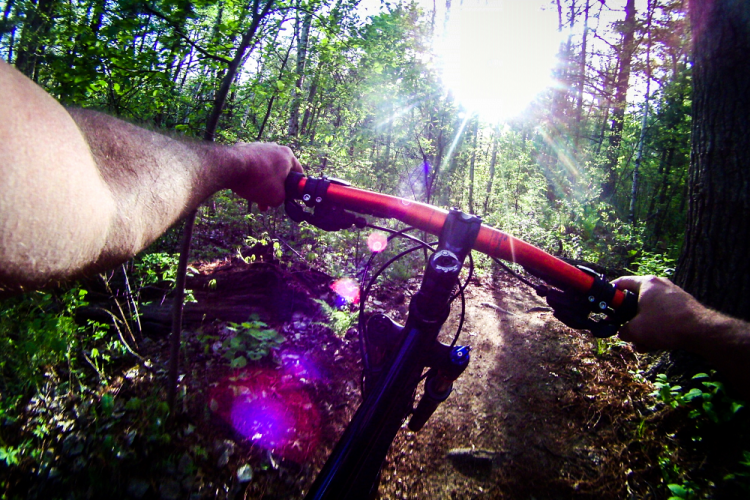

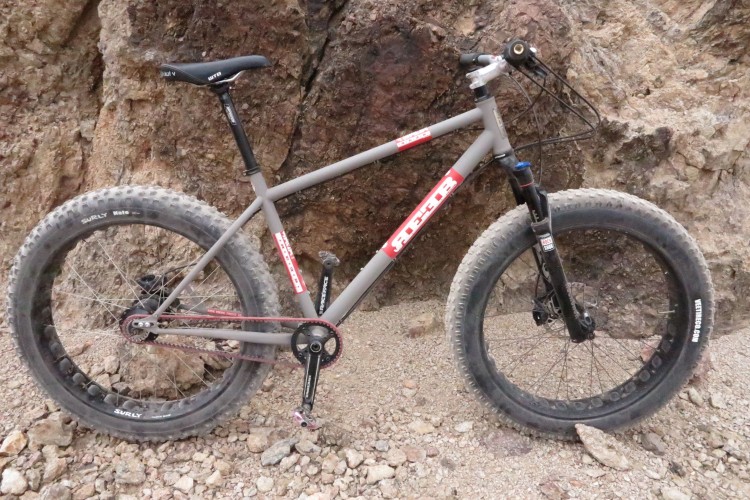
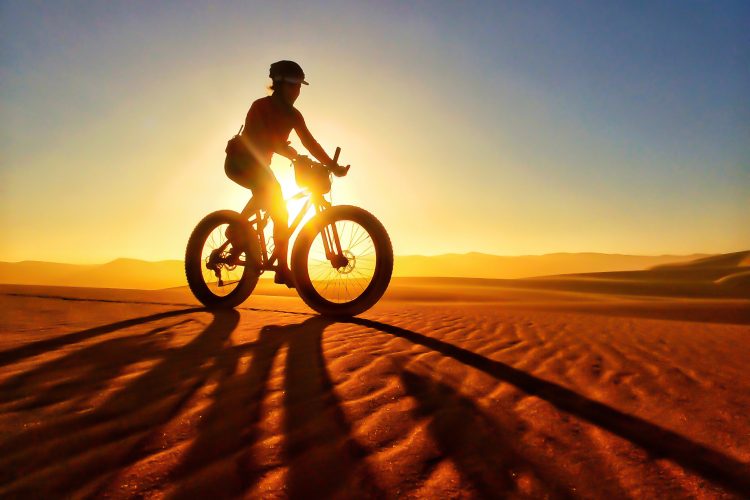
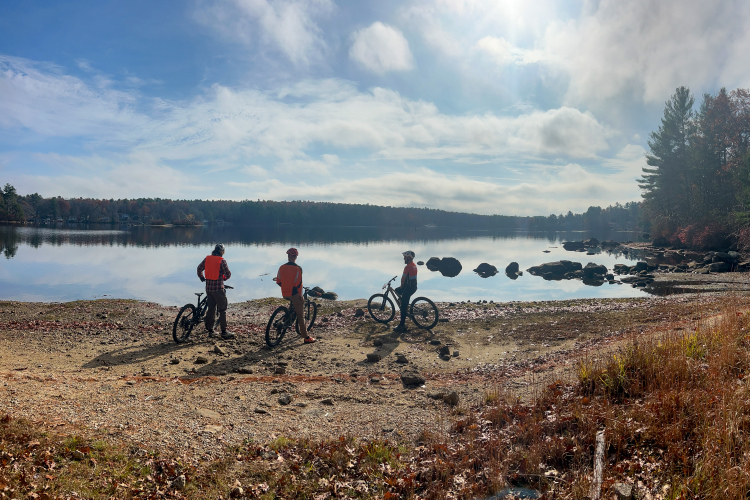


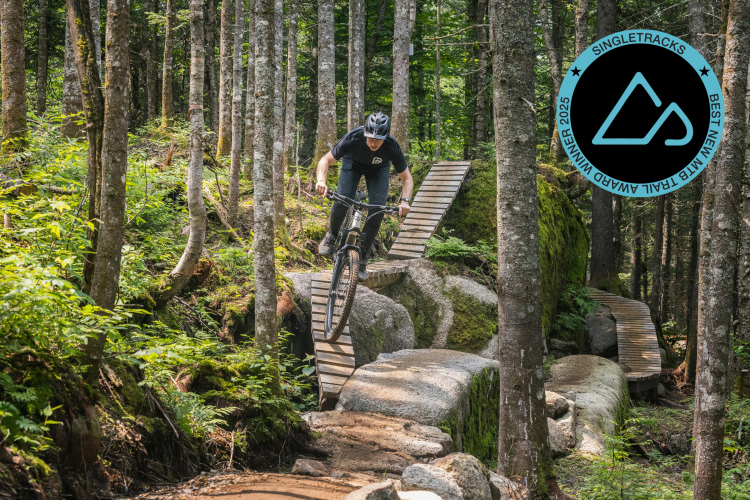

4 Comments
Jan 17, 2020
Feb 26, 2016
What a great caption!
Feb 27, 2016
Feb 26, 2016